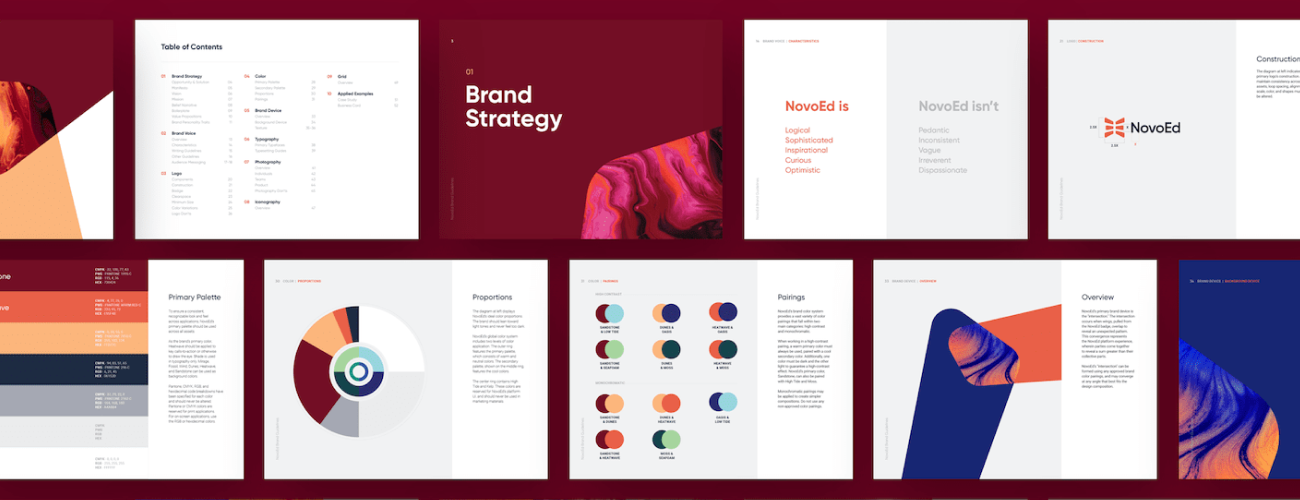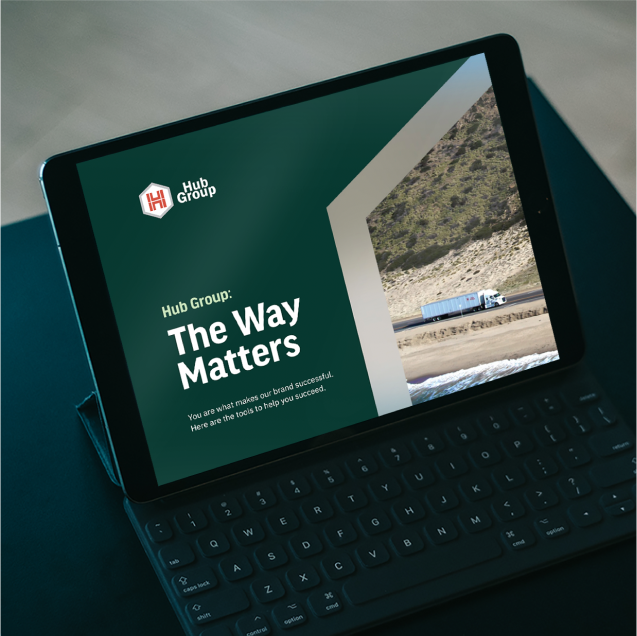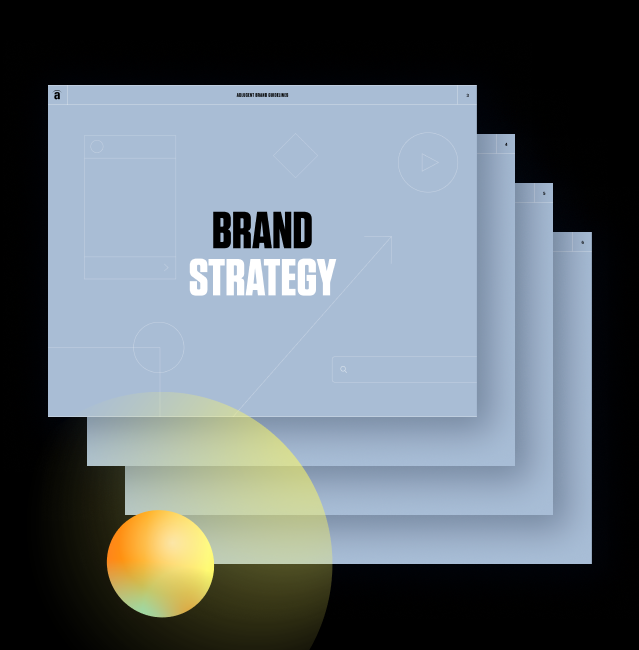B2B Brand Strategy + Positioning
Improve your B2B brand positioning, raise awareness and drive growth with the help of a proven B2B brand strategy agency.
Define your market position with B2B brand strategy services
More than ever, today’s B2B brands need to claim unique and ownable positions in the marketplace. But building a successful B2B brand strategy is easier said than done. Identifying competitive white space requires comprehensive knowledge of your industry, competitors and target audiences, as well as an in-depth understanding of your own brand’s strengths.
You need a B2B brand strategy agency that can dive deep in these areas — and provide insights that pave the way to your brand’s next evolution. At Walker Sands, our brand consultants’ rigorous, data-backed approach gives your brand the foundation it needs to drive competitive differentiation, increased awareness and consistent messaging.



Explore more outcomes and solutions from Walker Sands
Develop an intentional brand strategy.

Senior Vice President, Insights + Strategy